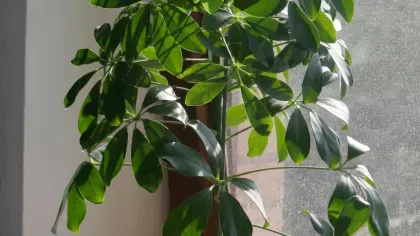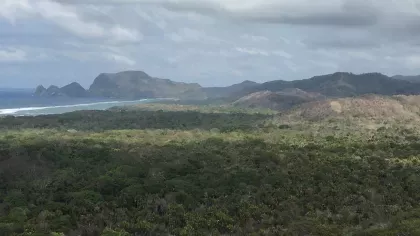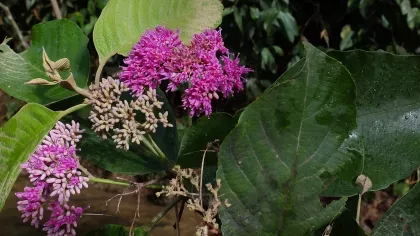5 August 2020
The paradise island teeming with life
New research published in Nature shows that New Guinea has the highest plant diversity of any island in the world.

New Guinea has fascinated naturalists for centuries. Not only is it the largest tropical island in the world, but also the most tectonically complex.
It supports a mosaic of ecosystems, from mangroves and lowland rainforests to high-elevation alpine grasslands with snow-clad peaks higher than Mt. Blanc.
Since the 17th century, botanists have been identifying and naming plants collected in New Guinea, storing collections in herbaria in-country in Papua New Guinea, Indonesia and also in institutions overseas, including Kew’s own Herbarium here in the UK.
However, despite notable advances in the past decades in resolving the taxonomy of many New Guinea plants, information remains scattered, as botanists worked mostly independently from each other.
Lacking a unifying effort to build a checklist to the region’s plants, great uncertainty remained as to how many plant species grew in New Guinea.
Effectively, compared to other areas like the Amazon for which plant checklists have been recently published, New Guinea remained the ‘last unknown’.
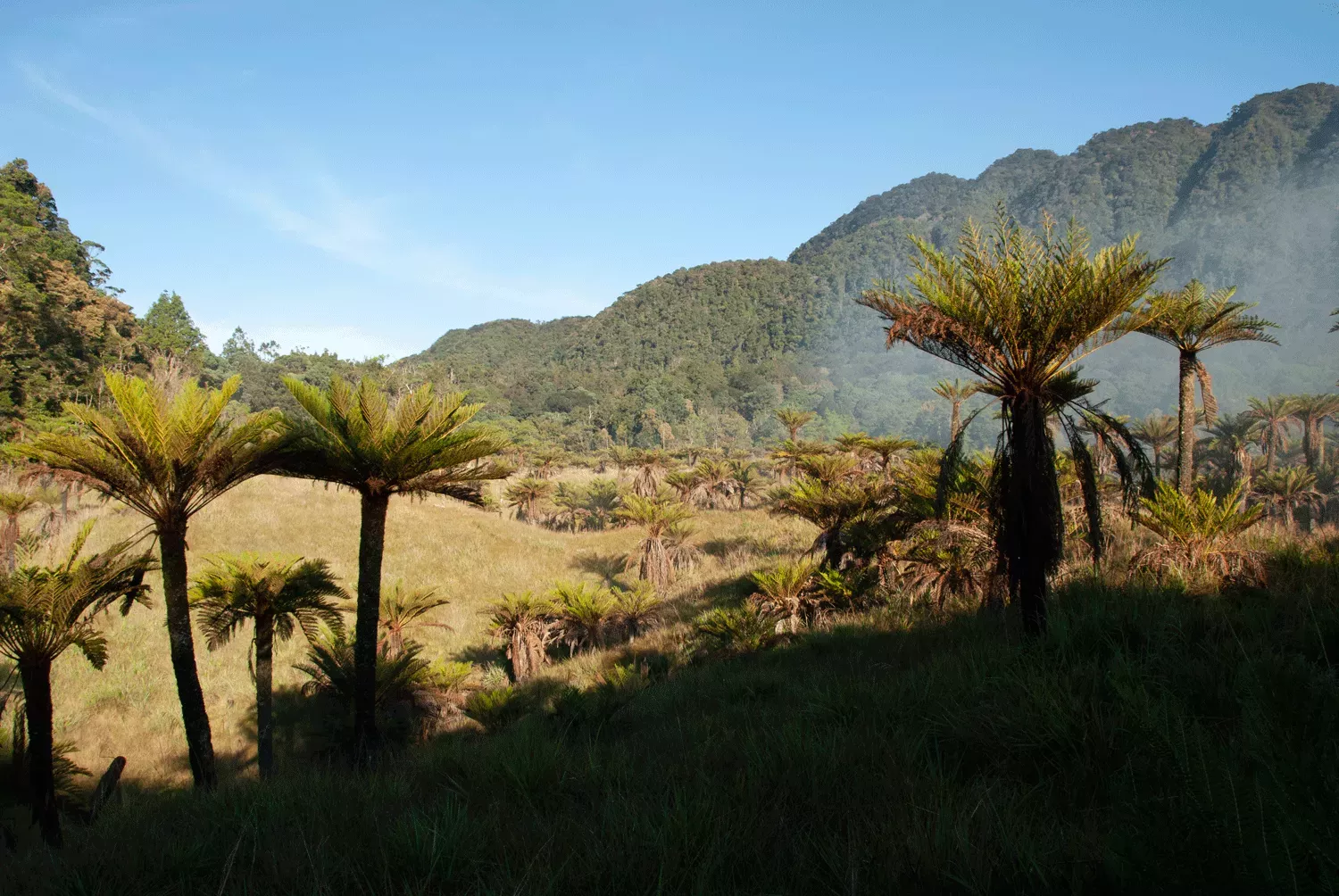
First ever checklist
Working with 99 plant experts from 55 institutions worldwide, we’ve compiled the first ever authoritative checklist of New Guinea’s plants.
We found there to be 13,634 species of plants from 1,742 genera and 264 families, positioning New Guinea as the most floristically diverse island in the world.
This puts New Guinea well ahead of biodiversity hotspot Madagascar with 16% more species.
Of the species found, orchids accounted for 20% of the flora in Papua New Guinea and 17% of Indonesian New Guinea, which is comparable to orchid richness in megadiverse countries such as Ecuador (23%) and Colombia (15%).
Tree species also accounted for 29% of all the flora – by comparison, the Amazon has 2.6 times more tree species, but in an area 6.4 times larger.
We also found that 68% of New Guinea’s plants, over 9,300 species, are endemic, i.e. found exclusively in that region.
This high level of endemism is unmatched in tropical Asia and makes conserving New Guinea’s rich habitats even more important with so much unique and irreplaceable plant life.
We think this uniqueness could be explained by its greater land surface area and habitat diversity, its location marking the junction between South-East Asia, Australia and the Pacific, and by its complex tectonic history.
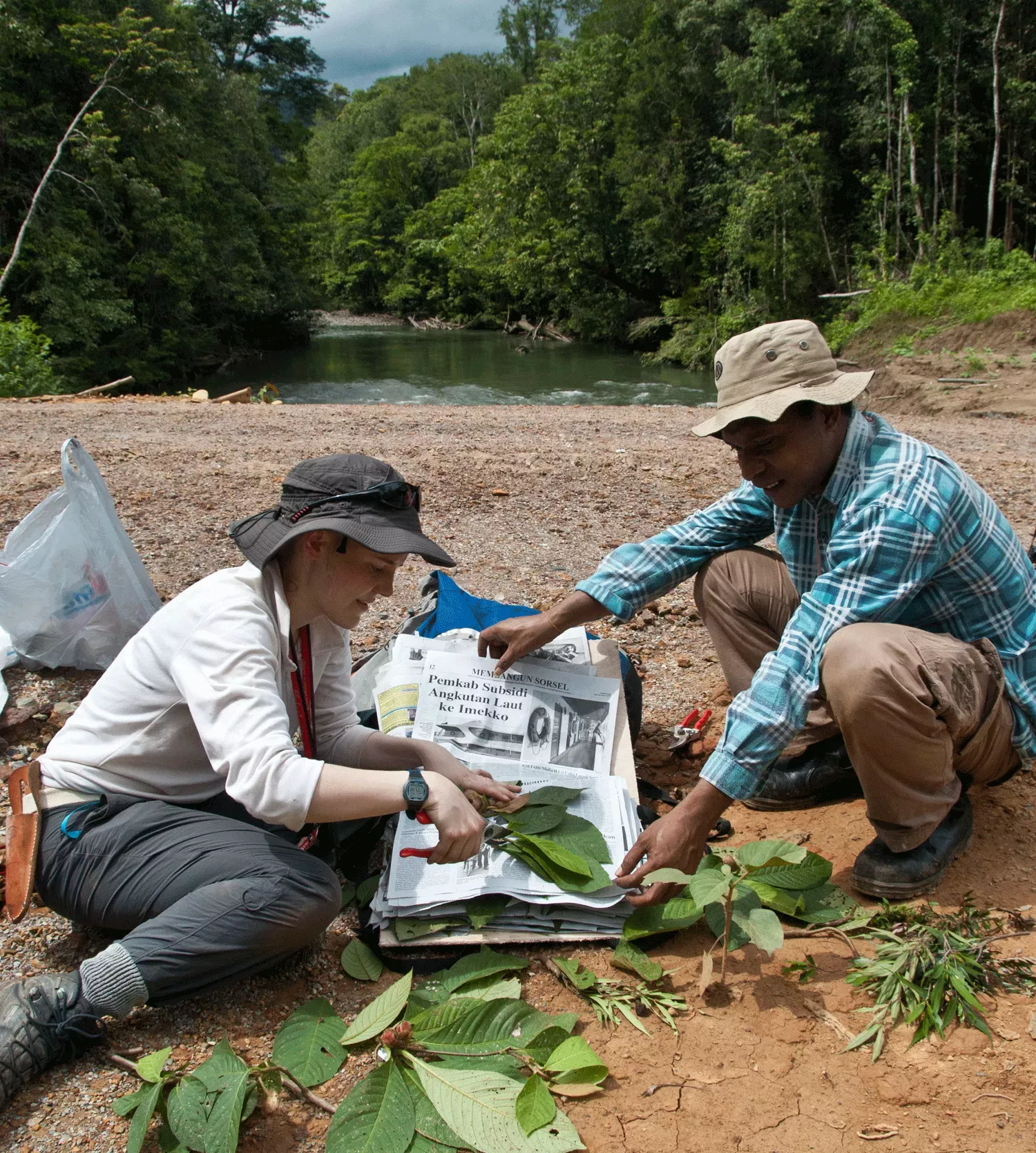
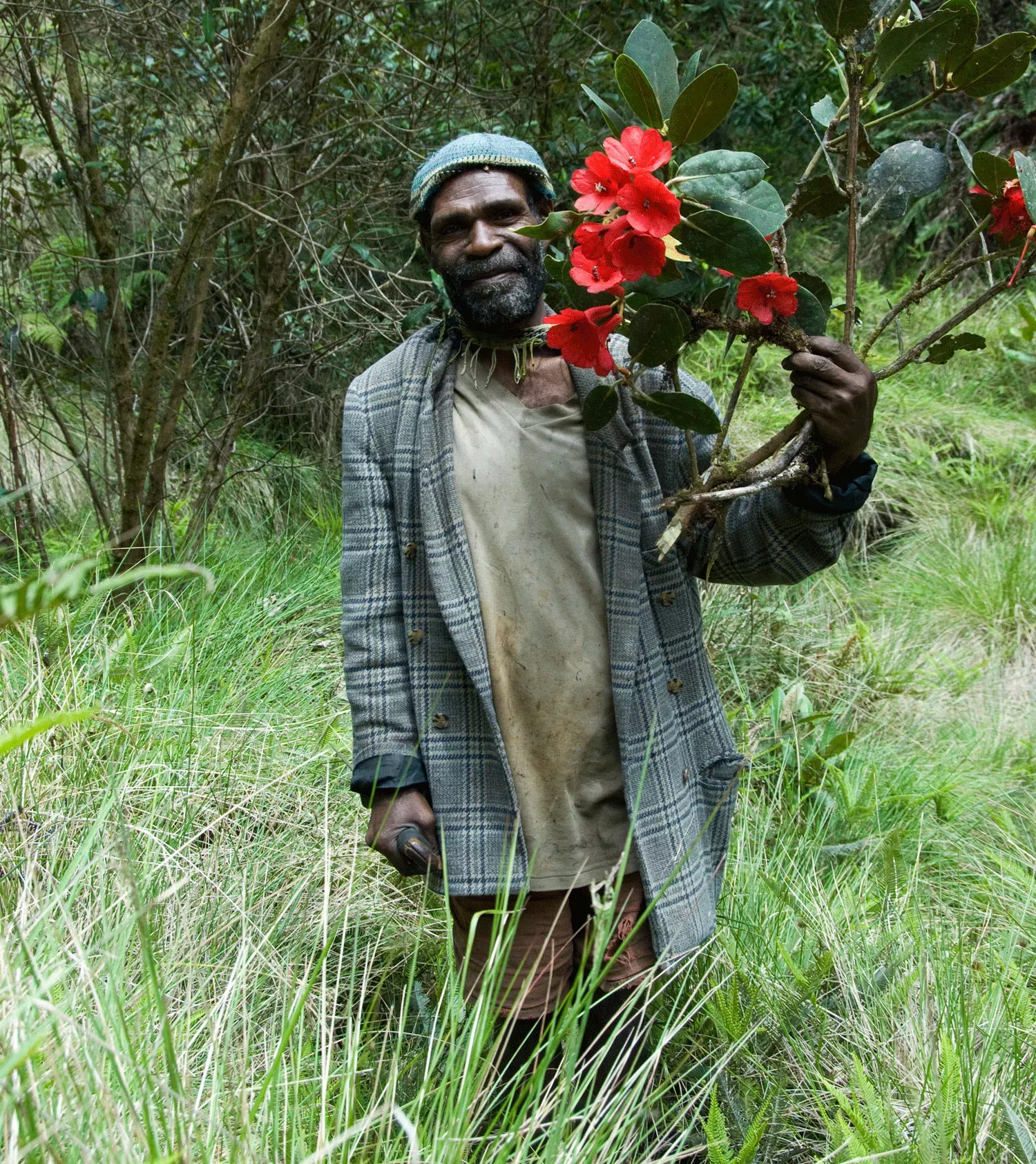
Why is this checklist useful?
First, it will accelerate botanical research in New Guinea and inform conservation policy and planning to help ensure the safety of the island’s flora.
This rapid assessment should also serve as a model for accelerating research in other regions.
Second, it will hopefully facilitate the characterisation of even more new species on the island.
There is much to do here. For example, in recent years Kew botanists have described 33 new species of rattan (climbing palms) from New Guinea, more than half of the total known species there.
Currently, collecting efforts are low and land use change is becoming an increasing threat to the biodiversity which is why more botanical exploration is urgently needed so that species unknown to science can be collected before they disappear.
Finally, by making this checklist available globally, we hope that efforts will be scaled up to train the next generation of plant taxonomists from New Guinea, to digitise and unify historical collections around the world, and to find long-term financial support to accelerate research.

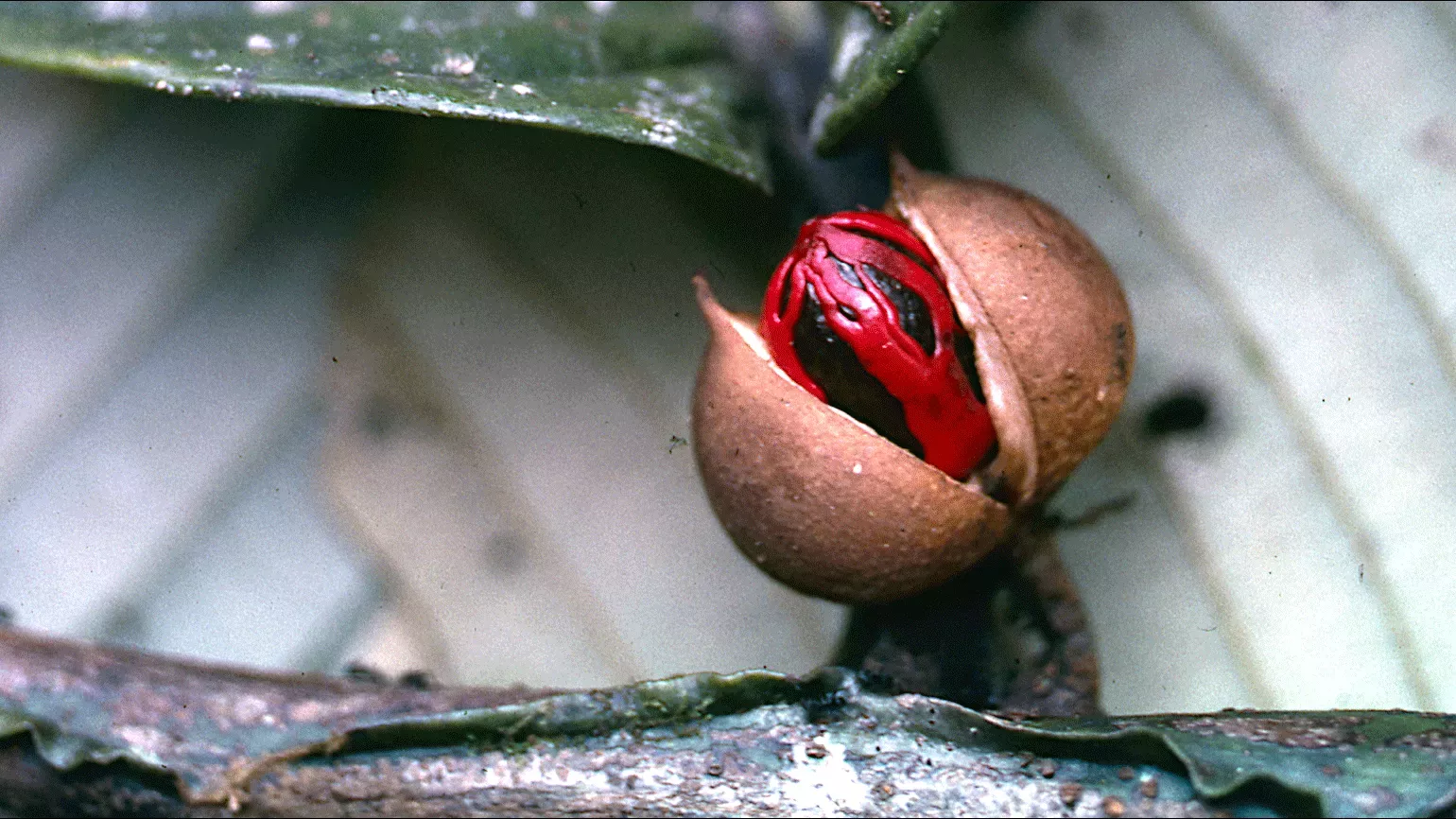
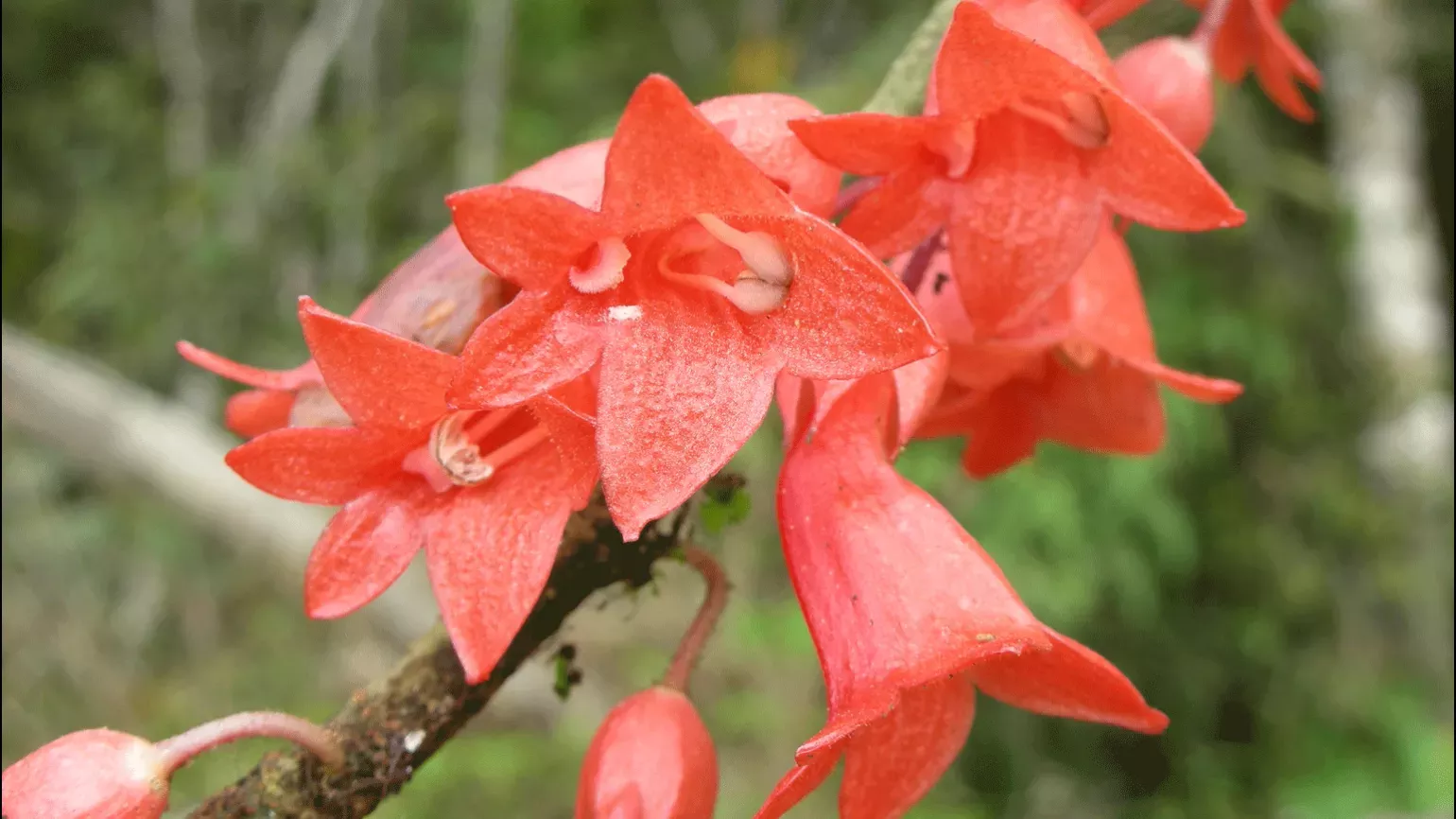

Read the paper
Cámara-Leret, R., Frodin, D.G., Adema, F. et al. (2020). New Guinea has the world’s richest island flora. Nature



